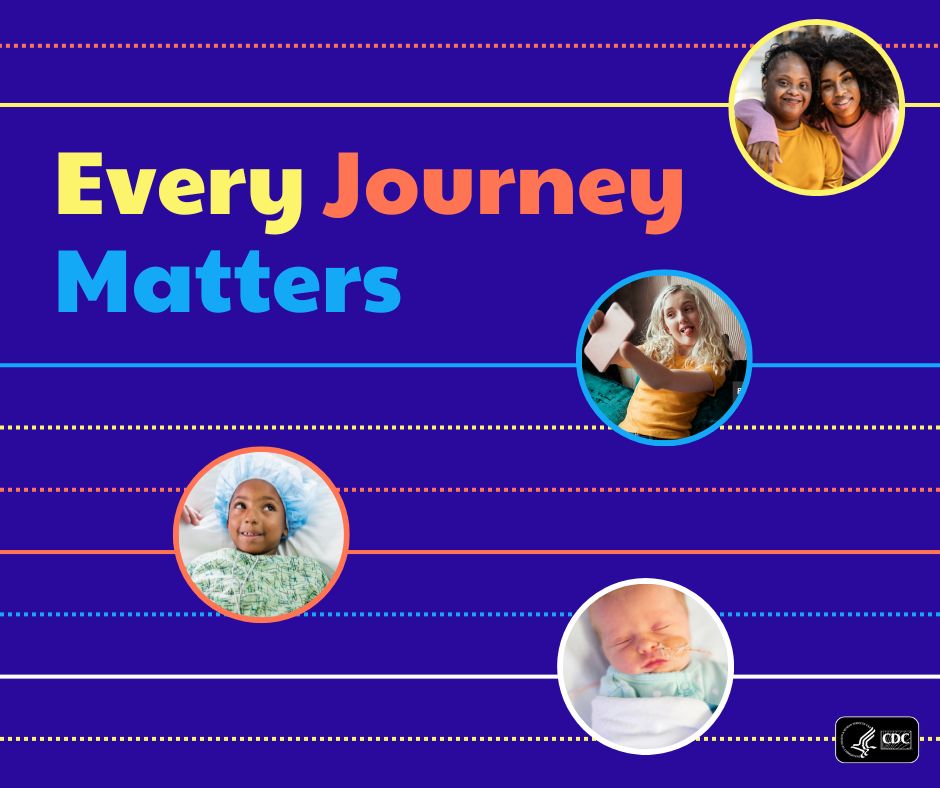State-Based Birth Defects Tracking Systems

Accurately tracking birth defects and analyzing the collected data is a first step in preventing birth defects. Birth defects tracking systems are critical to track birth defects and use the data for prevention and referral activities.
Birth defects tracking systems are important for finding and collecting information about birth defects. Information from birth defects tracking systems is used by public health officials, policymakers, and scientists for the following activities:
- To understand if the number of birth defects is increasing or decreasing over time.
- To investigate possible causes of and risk factors for birth defects.
- To educate the public about birth defects and how to prevent them.
- To plan and evaluate activities aimed at preventing birth defects.
- To refer babies and families affected by birth defects to appropriate services.
- To help policymakers allocate resources and services for affected babies and their families.
CDC funds 10 population-based state programs. The state birth defects tracking systems use the data for prevention and referral of affected children to needed services.
Tracking Babies with Birth Defects
Tracking systems may use different methods to find babies with birth defects and confirm the diagnoses. The method that a program uses depends on legislation in the state, funding for the program, staff capacity, community input, and partners’ engagement. Here are the different types of systems discussed on the state tracking pages:
Active Case-Finding
In these systems, committed staff members continually review medical records from (usually) multiple health care facilities in a given geographic area that diagnose and care for children with birth defects. For each birth defect case identified during these reviews, the staff members collect information about both the mother and the baby. This approach can be time and resource intensive, but often identifies more children with birth defects.
Passive Case-Finding with Confirmation
These systems do not rely on committed staff to go out and collect the data, but rather rely on agreements to receive reports about birth defects cases from hospitals and other available health care sources. The information from these reports is reviewed and various methods are used to verify the diagnoses of the babies reported to have birth defects.
Passive Case-Finding
These systems receive reports about birth defects cases from hospitals and other available health care sources. However, there is no follow up to confirm the diagnoses of birth defects.
Data Modernization
Birth defects tracking programs want to exchange information accurately, effectively and consistently. The information these systems collect are important for supporting individual and population health. Modernizing how these systems collect and use data will help to strengthen the existing programs.
CDC works with the Public Health Informatics Institute to help programs improve timeliness of tracking data, leverage electronic health records (EHRs) and interoperability capabilities to enhance birth defects tracking, and use the data to improve health outcomes of affected populations.
Additional resources that support interoperability for birth defects surveillance include:
- Domain Analysis Model for Birth Defect Surveillance, a description of foundational requirements for the design and development of health information exchange standards in Health Level Seven (HL7) related to birth defects reporting information flows.*
- HL7 CDA Implementation Guide for exchanging birth defects data with ambulatory and hospital providers.*
- Public Health Interoperability Training Catalog , a curated set of training and education resources, tools, presentations, and publications on interoperability—both general and specifically for public health.*
- United States Core Data for Interoperability (USCDI) , a standardized set of health data classes and constituent data elements for nationwide, interoperable health information exchange.
* These resources were developed or are administered by Altarum
What We Do With the Data
CDC uses the state birth defects tracking data to do the following:
Inform Prevention Activities
Tracking where and when birth defects occur and who they affect gives us important clues about preventing birth defects. Analyzing the data allows us to identify factors that can increase or decrease the risk for birth defects and identify community or environmental concerns that need more study. State-based birth defects tracking programs provide important insights into our continued efforts to prevent birth defects and support families affected by them. For example, in Florida, tracking data are shared throughout the state to promote birth defects prevention. Program staff work with state and local groups to promote intake of folic acid before pregnancy and to reduce high-risk factors such as smoking and alcohol use during pregnancy.
Refer Babies and Families to Services
Babies who have birth defects often need special care and interventions to live longer, healthier lives. Birth defects tracking systems provide one way to identify and refer children for services they need as early as possible. Early intervention is vital to improving outcomes for these babies. Knowing how many babies have birth defects helps policymakers allocate resources and services to help affected children and their families. For example, in Colorado, tracking data are used to refer babies with birth defects for early intervention services. This program is also measuring the effectiveness of referral efforts and the effect that referrals have on affected children and families.
